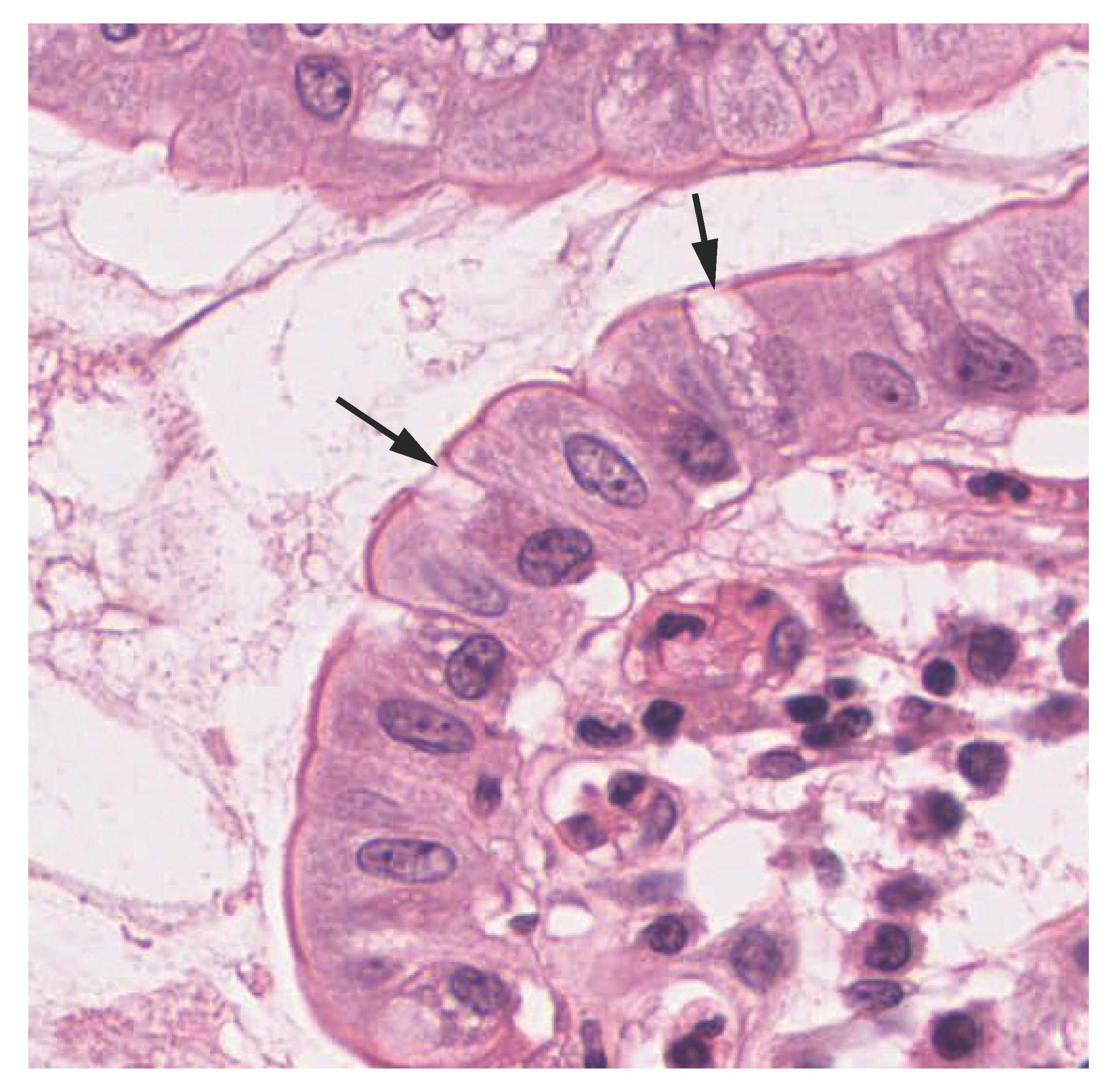
Epithelial Tissue · Anatomy and Physiology
Anterior lumbar interbody fusion (ALIF) is a spinal fusion procedure in which surgeons navigate through the abdomen to access the front of the spine and fuse two or more vertebrae in the lower back together. The procedure involves an "approach" surgeon (who provides access to the spine) and a spine surgeon, working together.
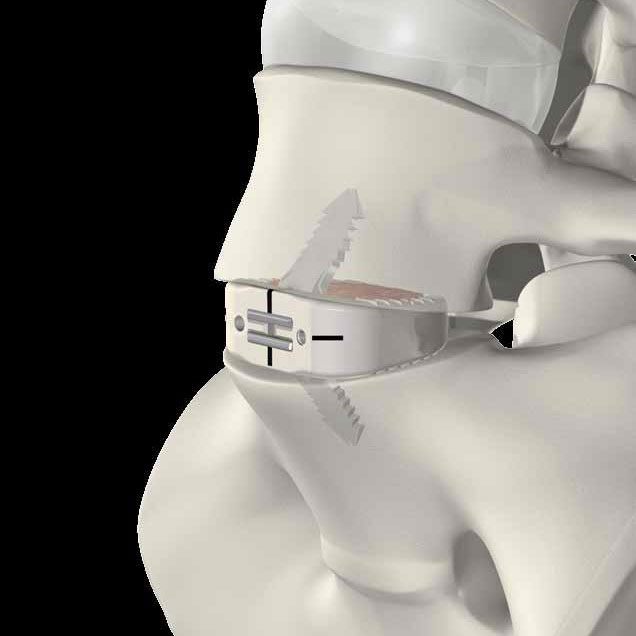
ALIF Surgery ONZ Spine
1 Anterior lumbar interbody fusion (ALIF) This is performed through an incision in the tummy. The abdominal contents lay inside a large sack (peritoneum) that can be retracted (moved to the side), allowing the surgeon access to the front of the spine without entering the abdomen. The large vessels (aorta, common iliac artery and vena cava) that.
Environmental background for the L'Aquila cell as evaluated by ALIF in
Anterior lumbar interbody fusion (ALIF) is a widely accepted approach for spine surgery. Vascular surgeons are increasingly being used for preoperative planning and to obtain intraoperative exposure. Many complications related to this anterior approach are vascular in nature; however, risk factors to identify these patients are poorly defined in the current literature.

Keluarga Besar ALIF CELL Jeneponto Menolak Hoax YouTube
Anterior lumbar interbody fusion is an important staple in the armamentarium of spine surgeons. The benefits of an anterior lumbar approach include broad exposure of the disk space allowing for thorough diskectomy, effective endplate preparation, appropriate sizing and placement of an optimal interbody graft, and anterior fixation if necessary.
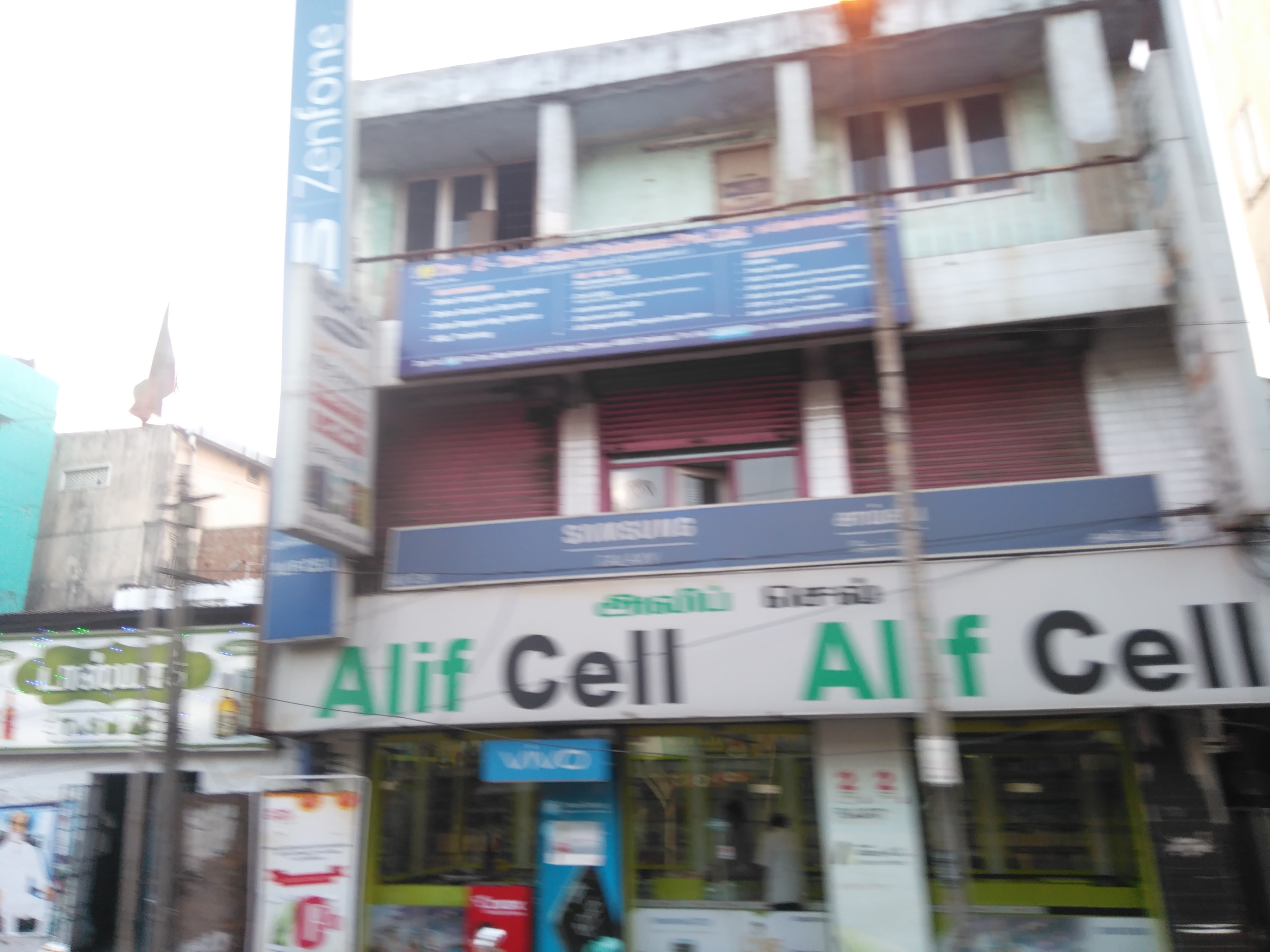
Alif Cell Chennai cellphone shop / store
Through an incision made in your belly, anterior lumbar fusion (ALIF) reaches the spine from the front. The damaged disc is removed and replaced with a bone graft. During anterior fusion, an incision is made in the front of the belly. A vascular surgeon and spine surgeon work as a team.

ALIF CELL Digital Sidoarjo
The use of stand-alone interbody devices for ALIF has been met with mixed clinical success. As a result, many supplement ALIF with posterior spinal fixation with or without posterior intertransverse fusion (360° or circumferential fusion) to increase stabilization, enhance arthrodesis, and ideally improve clinical outcomes (Fig. 28.2a, b ).
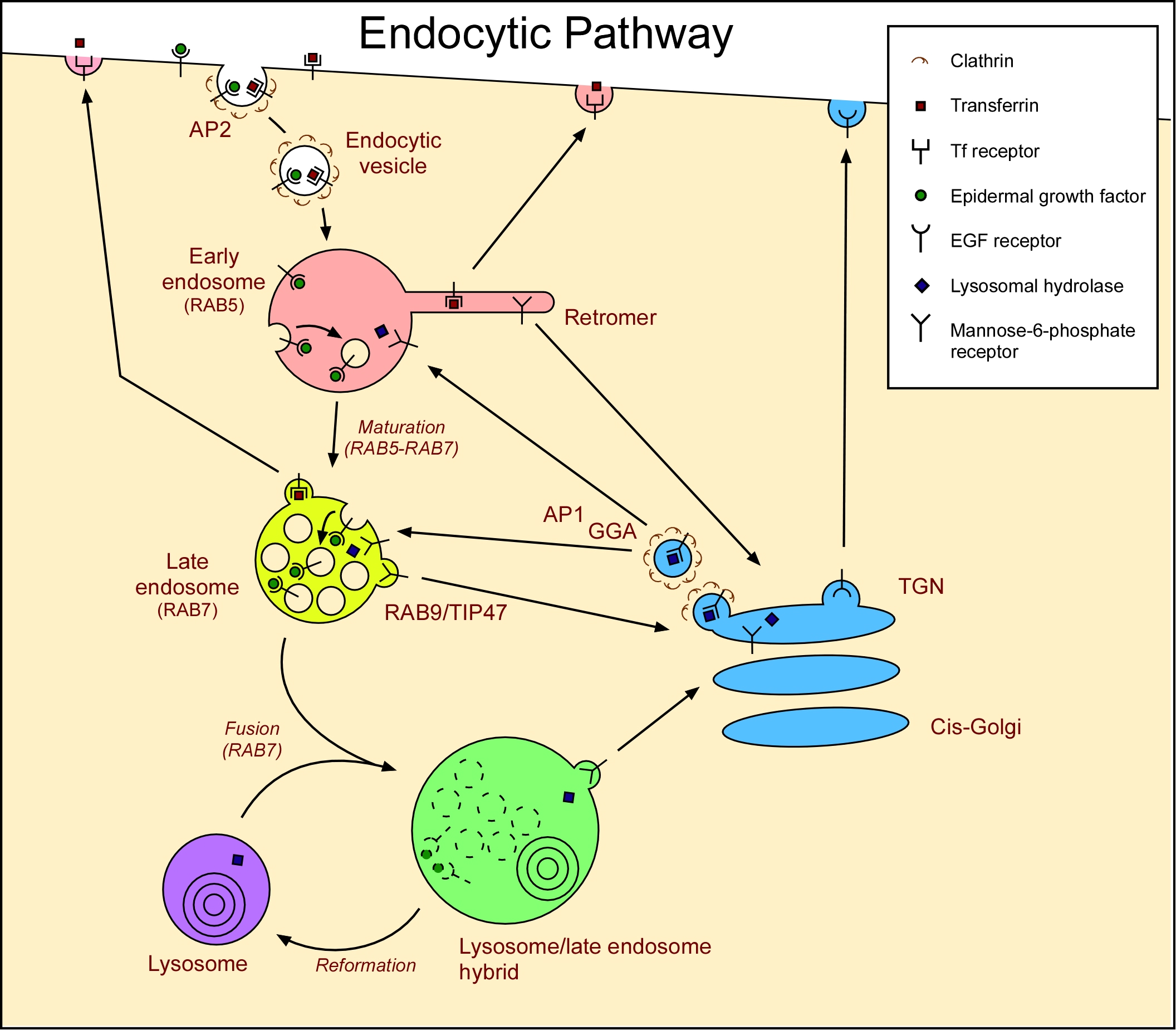
FileEndocytic pathway of animal cells showing EGF receptors
The procedure of anterior lumbar interbody fusion ( ALIF) is commonly performed on patients suffering from pain and/or neurological symptoms associated with disorders of the lumbar spine caused by disc degeneration and trauma. Surgery is indicated when prolonged conservative management proves ineffective.

LIVE FUTSAL SPARING ALIF CELL VS PASIR MUNCANG , LAPANG SOFIA
Anterior Lumbar Interbody Fusion (ALIF) Anterior Lumbar Interbody Fusion is an innovative technique utilized to remove a degenerative discs in your lumbar spine. Using a minimally invasive approach this procedure is done from the front of the spine and creates a solid bridge between at least two vertebrae. The goal of this surgical technique is.
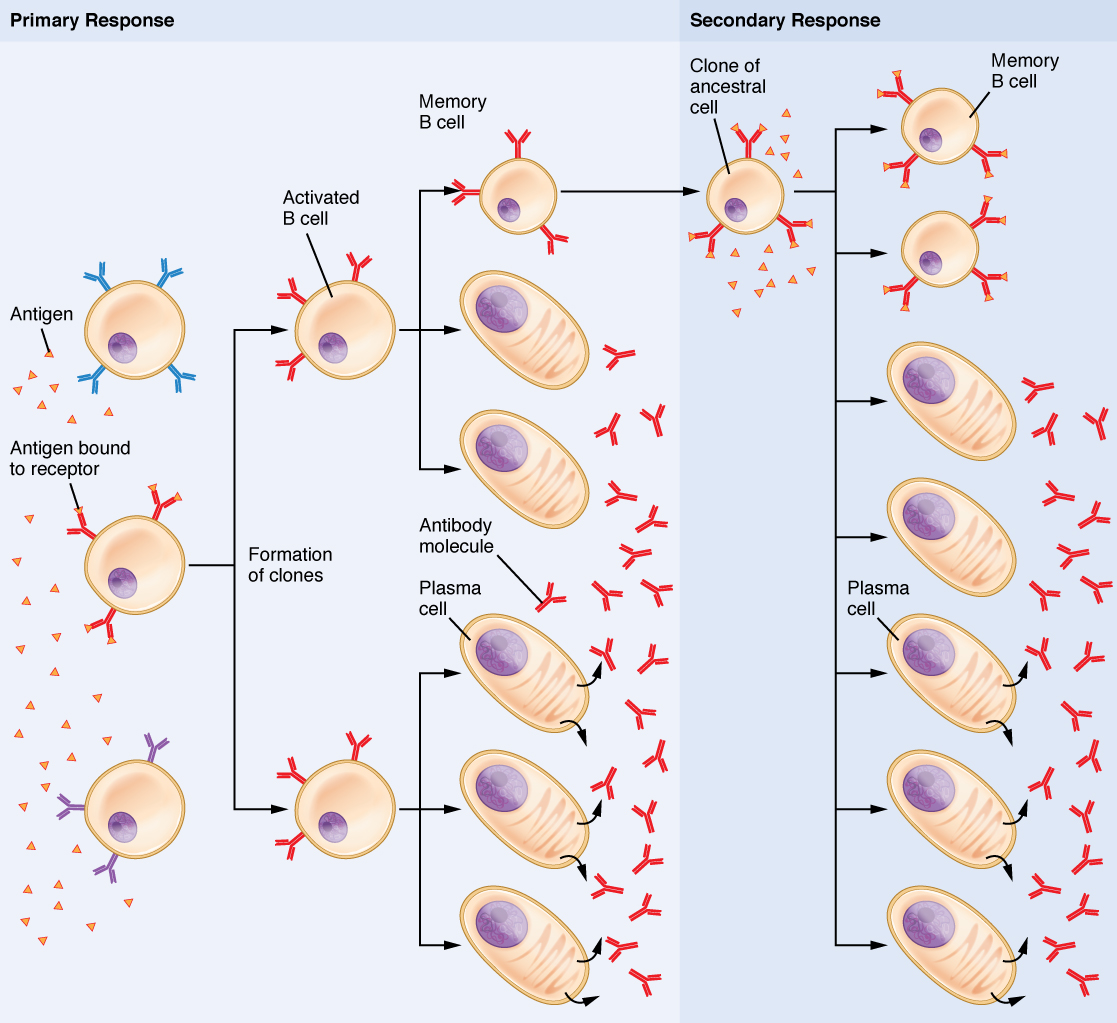
The Adaptive Immune Response Blymphocytes and Antibodies · Anatomy
1 Citation 3 Altmetric Explore all metrics Abstract Purpose The aim of this study was to compare the clinical and radiographical outcomes between OLIF and ALIF in treating lumbar degenerative diseases. Methods We searched PubMed, Embase, Web of Science, and Cochrane Library for relevant studies.

Cell theory Lec 2 Biology Alif Learning Academy Learn More
According to the National Center for Health Statistics, more than 650 000 spinal fusion surgeries are performed annually. 1 The success of arthrodesis in spine surgery depends on multiple factors; however, an important component to success depends on the bone graft and graft substitutes used in surgery.
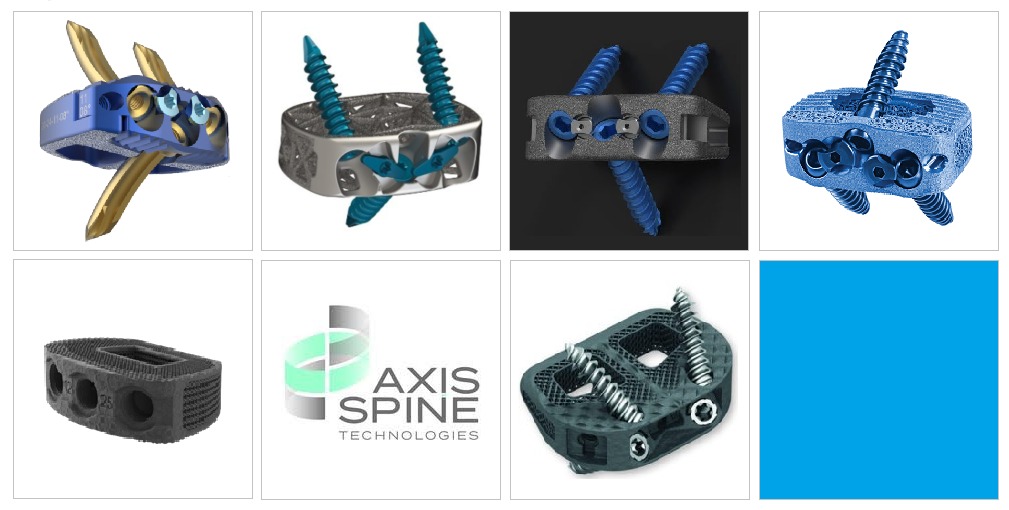
7 ALIF Cages that you will know soon… SPINEMarketGroup
Methods We performed a retrospective comparative analysis of 226 consecutive anterior lumbar surgeries (283 levels treated) completed in an ASC ( n = 124) or in an inpatient tertiary care hospital ( n = 102) over a 3-year period. These included anterior lumbar interbody fusion (ALIF), artificial disc replacement (ADR), and hybrids.

an image of different types of cells in the human body, including one
First described in 1932 by Capener, anterior lumbar interbody fusion (ALIF) is another technique for treating the degenerative and isthmic forms of spondylolisthesis [1], [2], [3], [4], [5]. The chief advantage of ALIF is excellent exposure, which permits thorough discectomy and placement of a large, wedge-shaped, lordotic device [3], [4].

Adaptive Immune Response Biology II
Agreeingly, multilevel ALIF has been shown to have no significant effect on amount of blood loss when compared to single-level ALIF procedures [19]. However, higher number of levels fused and a combined approach (with posterior or lateral) performed in the same setting has been associated with a greater complication rate, although our analysis.

Medtronic Sovereign Alif
Radiographic analyses of fusion by plain films and CT scans. Procedures performed were circumferential fusion (67%), ALIF (17%) and TLIF (16%). Followup radiographic data was analyzed to establish arthrodesis versus failure (pseudarthrosis), number of months until achievement of fusion, and possible.

Alif cell Kualakapuas
Methods. A multicenter retrospective study analyzed lumbar interbody fusion for low-grade ISPL performed between March 2016 and March 2019. Techniques comprised: circumferential fusion on a posterior or a transforaminal approach (PLIF, TLIF: n = 57), combined anterior (ALIF) + posterolateral fusion (ALIF + PLF: n = 60), and ALIF + percutaneous posterior fixation (ALIF + PPF: n = 55).

Comparison of the simplified AdEx (simpAdEx) with the adaptive LIF
Intraoperative neurophysiological monitoring was used in 44.5% of surgeries. Transpedicular instrumentation was performed in conjunction with ALIF in the same operation in 9 patients, with stand-alone ALIF L5-S1 being performed in 51 patients. The most common combination of multiple levels intervened via ALIF was L4-L5-S1, happening in 15 patients.